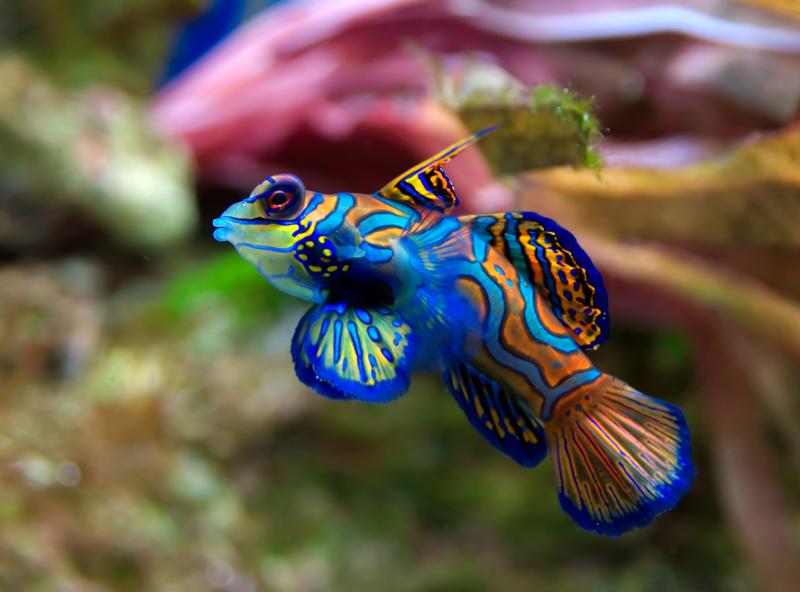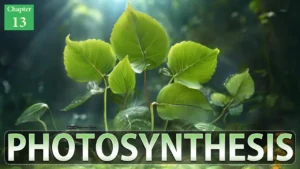Table of Contents
Chordata General Characteristics, Classification and Examples
After reading this article you will learn about Chordata General Characteristics, Classification and Examples
Chordata General Characteristics
- Chordates are bilaterally symmetrical, deuterostomial, eucoelomate eumetozoans.
- A flexible but firm supporting skeletal rod, called notochord is present in the embryo or throughout life.
- From a purely biological viewpoint, chordates are interesting because they illustrate the broad biological principles of evolution, development and relationship.
- All the chordates possess four outstanding and unique characteristics at some stage in their life. They are:
I) Notochord or chorda dorsalis
- It is mesodermal in origin and originates from the roof of the embryonic archenteron.
- Notochord is the prime diagnostic feature of the phylum chordata which derives its name from it.
- Notochord is an enlarged rod like, flexible structure extending the length of the body.
- It is situated between the nerve cord and just above the alimentary canal.
- Structurally, it is composed of large vacuolated nochordial cells containing a gelatinous matrix and surrounded by an outer fibrous and an inner elastic sheath.
- It is present at some stage in all the chordates. In most vertebrates, it occurs only in embryo, but remnants may persist between vertebrae which obliterate it.
- In cephalochordates, notochord may persist even in the adults.
II) Nerve cord or dorsal neural tube:
- It is longitudinal, hollow or tubular structure lying just above the notochord and extending lengthwise in the body.
- It is ectodermal in origin and derived from the dorsal neural plate of the embryo and encloses a canal, called neurocoel.
- In the lower chordates, the nerve cord persists throughout the life.
- In the higher chordates, it is surrounded or replaced partly or completely by a joined vertebral column.
- In vertebrates, its anterior region is specialized to form a cerebral vesicle or brain which is enclosed by a protective bony or cartilaginous cranium.
- The posterior part of the nerve cord becomes the spinal cord and protected within the vertebral column.
- The central nervous system of the chordates is present in the body.
III) Pharyngeal gill slits:
- In all the chordates, a series of paired lateral gill slits perforate through the pharyngeal wall of the gut behind the mouth which are also termed as pharyngeal pouches.
- In most vertebrates, they are seen only during their embryonic development.
- In the lower chordates, fish and amphibian larvae, the pharyngeal pouches later on develop into functional gills.
- In humans, the first pair of pouches becomes Eustachian tubes. The second pair becomes the tonsils, while the third and the fourth pair become the thymus gland and the parathyroid
IV) Post anal muscular tail:
- The tail is the part of the body behind the cloaca or anal opening.
- It may be present or reduced or absent in the adults.
Classification of Chordata
The phylum Chordata has been divided into three subphyla:
Subphylum 1. Urochordata
- The adult animals are invested in thick cuticular tests and are mostly sedentary. They exhibit a divergence from the chordate type.
- The dorsal nervous system, notochord, gill slits and brain-eye develop in the free- swimming larval stage.
- The larval structures degenerate during retrogressive metamorphosis and are not found in the adult.
- The ventral heart is tubular.
- Examples: Ascidia, Ciona, etc.
Subphylum 2. Cephalochordata
- Lack distinct head, cranium, brain, eyes, auditory organs and jaws.
- The nerve cord is dorsal and tubular.
- Notochord is persistent and un-segmented and extends along the whole length of the body.
- Gill slits are numerous and open in the atrium.
- The body wall consists of over fifty myotomes.
- Digestive, blood vascular and nervous system resemble those of the vertebrates.
- The larval form is asymmetrical and the larval period is long.
- Example: Branchiostoma.
Subphylum 3. Vertebrata
- Notochord does not proceed anteriorly beyond forebrain.
- Pharynx perforated by not more than seven pairs of gill slits, except in some cyclostomes.
- Heart muscular and chambered.
- Renal tubules unite to form paired kidneys opening in ducts.
- The complex brain is enclosed in a cranium.
- Brain well-developed, cranial nerves at least ten pairs.
- Sense organs paired and well-developed
The subphylum Vertebrata has been divided into two super-classes:
Superclass 1. Agnatha
- The mouth is round and suctorial and without jaws.
- Paired fins and scales are absent. Unpaired fins are without fin rays.
- Skeleton cartilaginous and the notochord persists.
- Nasal organ unpaired, no sympathetic nervous system, no conus arteriosus, no distinct pancreas,
- no spleen, no genital ducts. Examples: Petromyzon (Lampreys), Myxine, (Hag fishes,) etc.
Superclass 2. Gnathostomata
- The mouth is provided with two jaws, the upper and lower.
- Two pairs of limbs are present.
- Gnathostomata is divided into two super classes: Pisces and Tetrapoda.
For more detailed information about Animal Kingdom, visit YouTube Channel.




![[PPT] The living world Class 11 Notes](https://rajusbiology.com/wp-content/uploads/2024/06/PPT-The-living-world-Class-11-Notes-300x169.webp)

1 thought on “Chordata General Characteristics, Classification and Examples | Free Biology Notes”